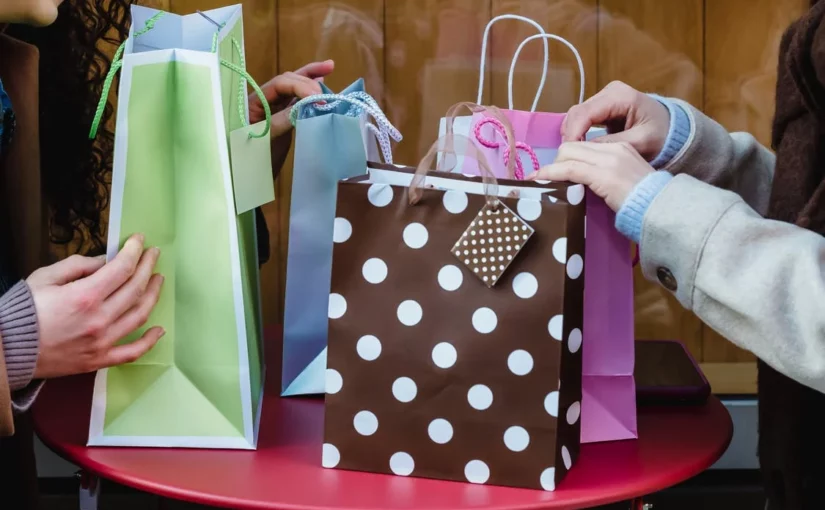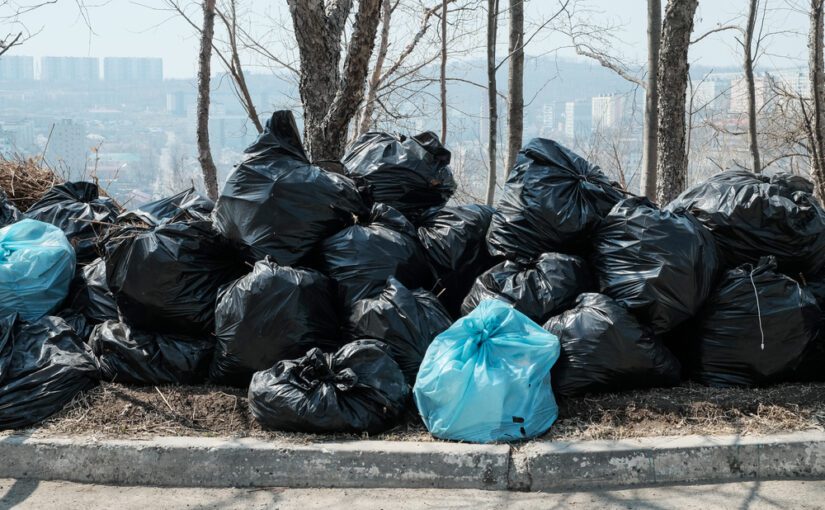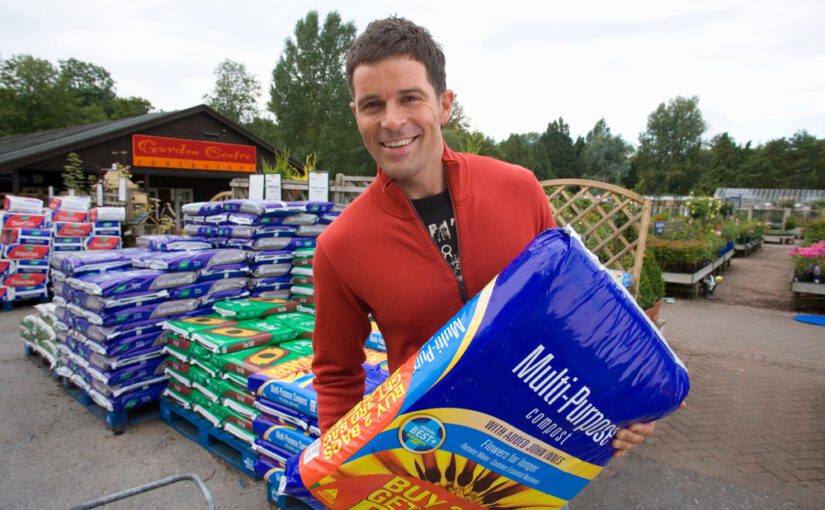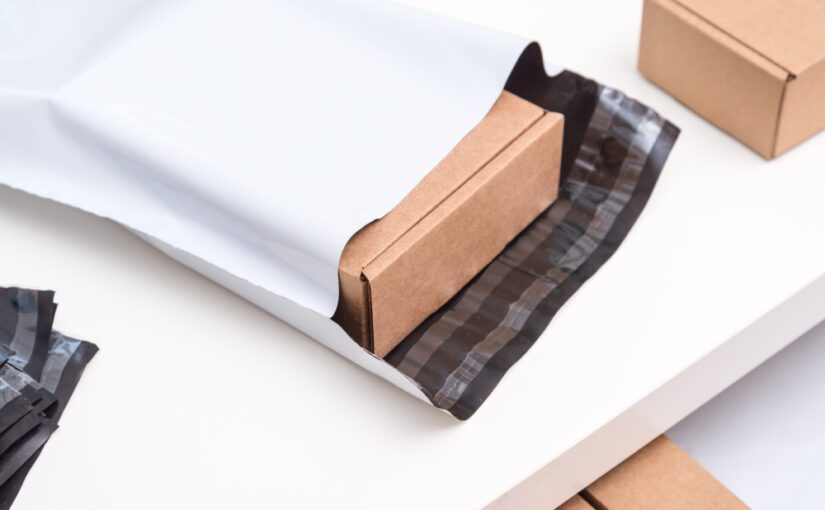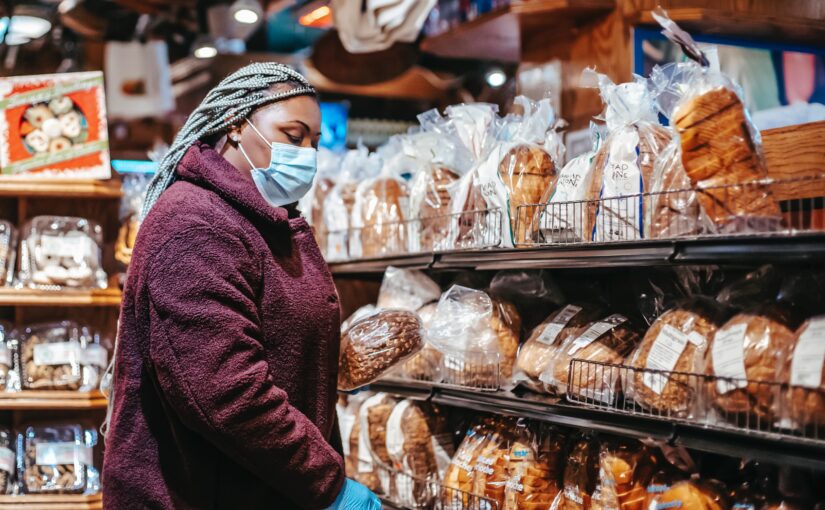E-commerce has gained immense importance in the last few years. Especially with the world reeling from the effects of COVID-19, shipping and packaging have become a priority. Retail Packaging and Plastic Bag Solutions by Isell Packaging have become the only resort for businesses to remain functional and strong in the industry.
Shopping online is now the most preferred method to get your hands on everything. Regardless of the conventional choices, packaging remains a significant element when it comes to the shopping experience.
It will always be among the most important aspects in terms of marketing and advertising.
Take a look at some reasons why Custom Retail Packaging United States benefits your brand by protecting, showcasing, and delivering your product!
Increased Brand Value
Great customer experience is the secret to every brand’s success. This means the packaging really affects its worth. In addition to building up value, it improves brand awareness. Also, it establishes a long-term, powerful connection with your customers. This ensures success and long-term sensation in the industry.
Custom plastic bags for packaging are any day better than standard, generic packaging. A great product like yours could benefit from customized packaging that only leads to huge turnover.
Better Product Protection
Companies manufacturing uniquely-shaped products should take notes. Since your products are more prone to damage, custom packaging is the right option for you. Shipping hassles are the least of your worries with the right packaging. The last thing you want is a huge loss due to large-scale physical damage during shipping or displaying.
Standard packaging may not work for you, custom Retail Packaging and Plastic Bag Solutions are what your product needs. After all, the main function of packaging will always remain to hold and secure the product inside. Right from logistics to manufacturing to customer, your product’s shape and brand’s reputation remain intact.
Ensures Customers’ safety
You are sorted that custom packaging safeguards your products. But did you know it also protects your customers? Think about it. As long you deliver the right product in the right condition, it does keep your customer safe.
Especially if your company falls under the food industry, it is all the more important that you transport quality products. Food packaging bags wholesale NYC ensures there are no harmful or toxic substances in your product. Custom packaging maintains full transparency and safety of edible products.
Food products require lots of labeling that includes ingredients, allergy dangers, nutritional value, and most importantly, dates. This not only makes products to be safe for consumption but generates trust among new customers.
Attention all the way!
Strictly from a marketing perspective, custom Plastic Wholesale Packaging Bags USA is fundamentally the best way to grab your customer’s attention. Packaging that is tailor-made to perfection, elevates the credibility of your brand. Not to mention, stand out among competitors.
Packaging is the first factor that endorses your product. That is how you attract your potential customers. Custom packaging, in this case, makes a fantastic first impression to gain new customers. Because when it finally comes down to deciding whether to purchase it or not, packaging will always make the cut. Take it from customers themselves, as per a national study 7 in 10 Americans say that the design of a product’s packaging often influences their purchase decisions.
Time for some creative tweaks for a great visual representation of your product. And what better than Retail Packaging and Plastic Bag Solutions. It’s a competitive world, better bring your a-game on with custom packaging that makes an instant, remarkable impression on your potential customers.
Affordable
As long as you are building an effective branding strategy, custom packaging for your products would be easy for your company in terms of cost. Also, packaging solutions in bulk quantity are so much more cost-effective. Given the fact they are custom-made, you are assured of quality design and materials to give your brand an edge over other products.
Along with being cost-effective, it could save a substantial amount of shipping costs. This is all the more, stands correct if you are manufacturing lightweight, small products.
Sustainable packaging
The year is 2022 and shoppers have become more ethical with regards to being environmentally conscious. Did you know 1 in 3 consumers would go opt for environment-friendly packaging despite the pricey tag? Think about it, your product could gain a lot of popularity through eco-friendly options.
Reduced Carbon footprint and sustainable way to life are the modern-day approaches to live life. This should reflect in your packaging choices as well. Fortunately, Retail Packaging and Plastic Bag Solutions focus on being eco-friendly oriented.
This will be a conscious decision for the environment and a revolutionary step towards becoming a profitable brand.
Why plastic bags are useful?
Plastic bags have tremendous benefits; be it consumers or in this case, retailers. They are a lot more durable than paper bags. Other than that, they are a lot lighter to ship and carry. This makes it less prone to tearing and durable in bad weather conditions as well. Also, they are reusable, and customization makes them a perfect fit for retail packaging.
What plastic is used for packaging?
There are many with several uses and benefits.
High-Density Polyethylene (HDPE) are known for their stiffness and chemical resistance and is used for making containers and bottles.
Low-Density Polyethylene (LDPE) is popular because of its durability and flexibility. Therefore, it is mostly used in film applications.
Many other forms and types are predominantly sorted according to their qualities.
At Isell Packaging, Plastic Wholesale Packaging Bags USA is manufactured on a huge scale, be it creativity, quantity, or quality. Time for your business to bring its A-game on with custom packaging.






